
Mixing Banana Peels with Laundry Detergent — What It Claimsto Do (And What to Watch Out For)
Most people discard banana peels without thinking twice, but a Vietnamese lifestyle article claims they can be surprisingly useful—especially when mixed with ordinary laundry detergent. The piece lists several practical, low-cost household uses for this combination. (Tap Chí Đời Sống) (tapchinuocmy.com)
Below is an expanded version with context, scientific reasoning where available, and precautionary notes.
What the Article Claims — and How to Try It
The article suggests combining banana peel with laundry detergent to create a multipurpose household formula, citing these proposed uses:
-
Repel cockroaches
-
Chop banana peels, put them in a container, add a pinch of salt and a bit of detergent, stir.
-
Place this mixture where roaches usually appear at night. The banana scent attracts them; the detergent and salt may disrupt their breathing and dehydrate them.
-
-
Polish leather shoes
-
Use the interior (soft / fleshy) side of the peel to rub over leather surfaces.
-
Banana peels contain pectin and natural oils that may help soften and remove light scuffs.
-
After rubbing, wipe with a soft cloth.
-
-
Neutralize odors in cars
-
Place peeled banana peels inside vehicles overnight.
-
The peel’s acids and antioxidant compounds are claimed to counteract new car smells or mustiness.
-
-
Fertilize plants
-
Chop the peel, mix with water in a covered container for 3–4 days to ferment.
-
Dilute the liquid 1:1 with water and apply to soil.
-
The peel releases potassium, phosphorus, and other trace nutrients during fermentation.
-
-
Ripen fruit
-
Some fruits (mangoes, persimmons, kiwis) are picked early for shipping.
-
Banana peels emit ethylene gas, which accelerates ripening.
-
Seal the fruit and peels together in a bag for 2–3 days to hasten ripening.
-
-
Hangover relief
-
Boil chopped banana peels for 7–8 minutes, add a little sugar, strain, and drink.
-
The peel-based solution is claimed to help ease thirst or certain mild hangover symptoms.
-
The article also mentions additional traditional uses of banana peels: treating warts, soothing insect bites, easing acne, reducing bruises, and helping with psoriasis or skin irritation — albeit more speculatively. (Tap Chí Đời Sống)
What Scientific Evidence Suggests — and Where Skepticism Is Warranted
While banana peels do contain beneficial compounds (potassium, fibers, flavonoids, phenolics), the claims above vary in plausibility. Below is what credible sources say:
Details That Align with Known Properties
-
Ethylene as a ripening agent: This is well established. Bananas produce ethylene gas, which can accelerate the ripening of other fruits. (U.S. Department of Agriculture / horticulture guides)
-
Nutrient value for plants: Banana peels do contain potassium, phosphorus, and trace elements. Many gardening resources recommend burying small peel pieces or using compost rather than raw, concentrated “tea” mixtures. (University horticulture extensions)
-
Mild polishing: Some leather care guides acknowledge that natural oils (like those from certain fruit peels) may help minor scuff marks, though they are not substitutes for proper conditioners or cleaners.
Claims That Lack Strong Scientific Backing
-
Insect repellent / cockroach trap: I found no credible entomology or pest-control studies confirming banana peels + detergent reliably kill or repel cockroaches. Many commercial roach baits rely on powerful insecticides, not homemade organic traps.
-
Hangover cures: There is no scientific evidence that banana peel infusions relieve hangover symptoms. Hydration, electrolytes, and time remain the primary remedies.
-
Odor removal in cars: While some absorbent household materials (activated charcoal, baking soda) are proven odor absorbers, banana peels’ effect would likely be minimal and short-lived.
-
Skin treatments: Although banana peels have mild anti-oxidant and soothing compounds, their efficacy compared to established dermatological treatments is unproven. Some anecdotal cases exist, but larger controlled studies are scarce.
Practical Tips & Safety Warnings
-
Use gently: Especially on leather surfaces or plants, test on a small, inconspicuous area first.
-
Avoid overuse of detergent: Too much soap can damage plants or fabrics.
-
Compost when in doubt: Banana peels are excellent compost material even without detergent.
-
Watch for mold: Peels left too long in humid, enclosed spaces may rot and generate bad smells or bacteria.
-
Not a replacement: These tricks may complement genuine pest control, leather care, or cleaning products—they do not replace them.
News in the same category


Woman sued weatherman for $1,000 after he made the wrong weather prediction

Malia Obama Directs A’ja Wilson’s New Nike Commercial & It’s a Beautiful Love Letter to Black Girls

Maya Angelou Becomes First Black Woman To Appear On Quarter

Denzel Washington & A$AP Rocky Shine in Trailer for Spike Lee’s New Crime Thriller ‘Highest 2 Lowest’

Cindy Crusto Makes History As First Black Woman Professor In Yale Psychiatry History
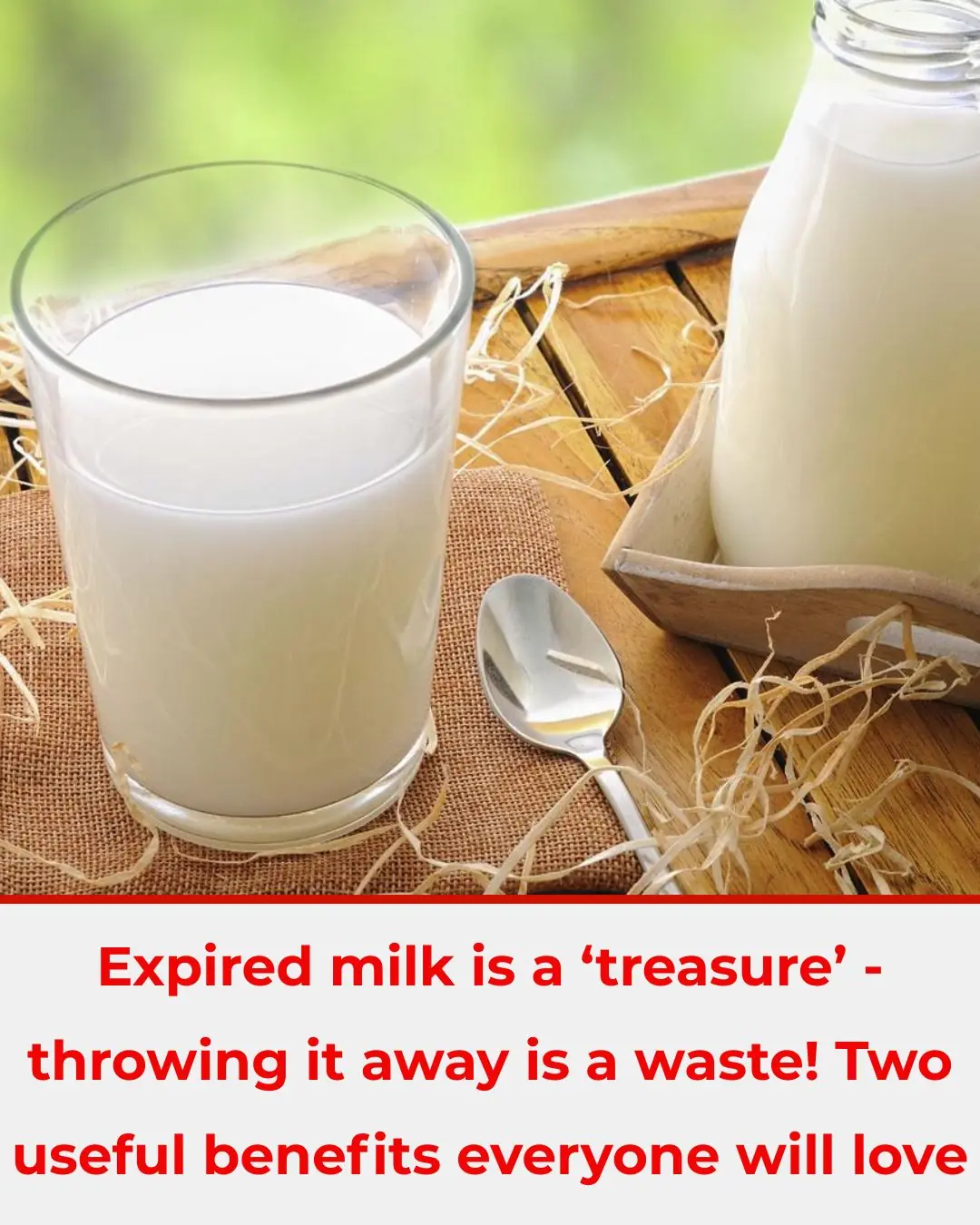
Expired Milk Isn’t Just Waste — 2 Useful Ways to Reuse It (If It’s Not Spoiled)

Sheila Brown Becomes The First Black Woman To Own A Radio Station In Buffalo, New York

Deion Sanders Delivers a Beautiful Mother’s Day Tribute to His Mom, Ms. Connie Knight

‘Never Seen Stephen A. Smith Look So Scared’: Serena’s Husband Pulls Up to Stephen A. Smith’s Workplace to Confront Him Following ESPN Host’s Comments About Tennis Star
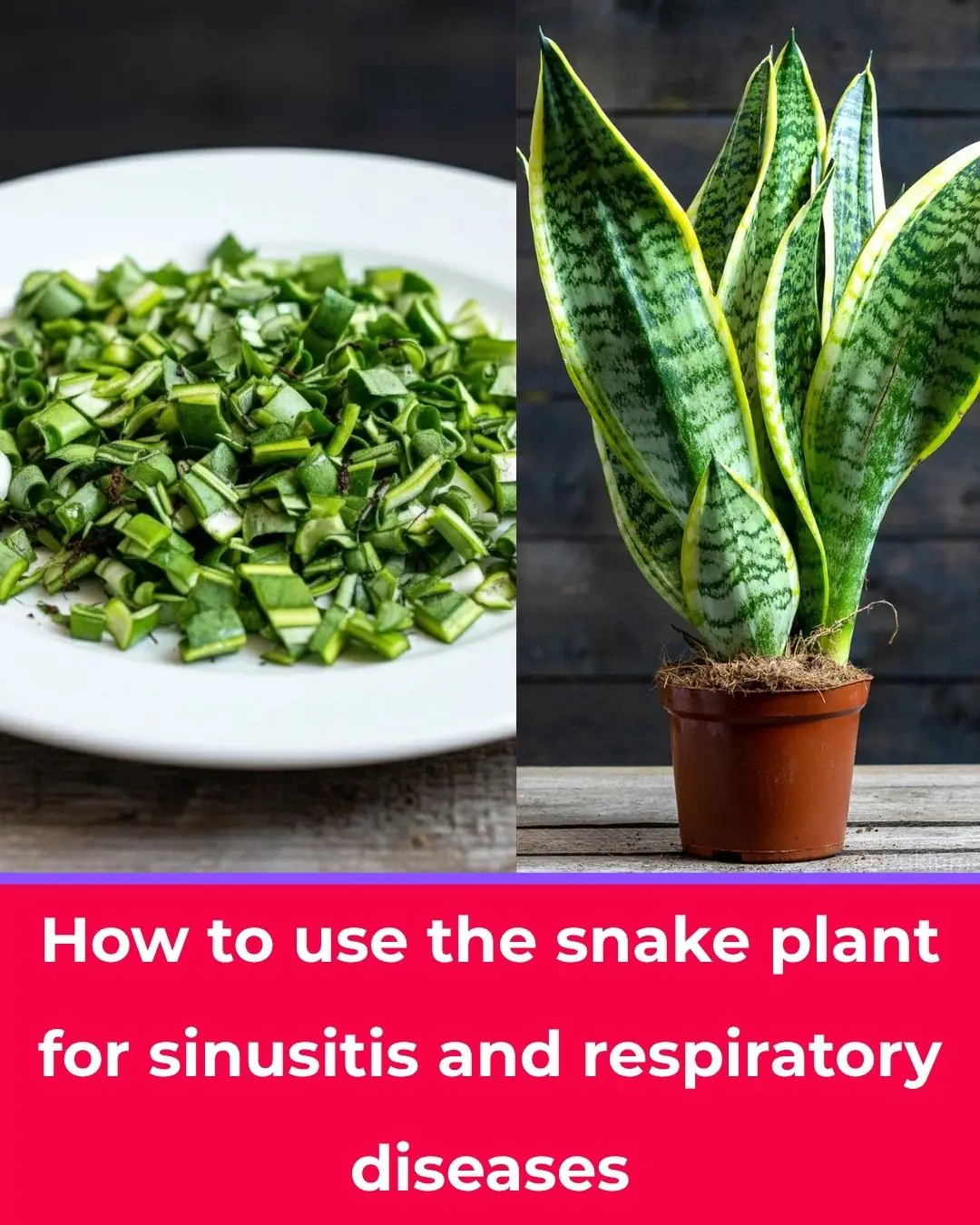
How to Use Snake Plant (Sansevieria) for Sinusitis and Other Respiratory Conditions
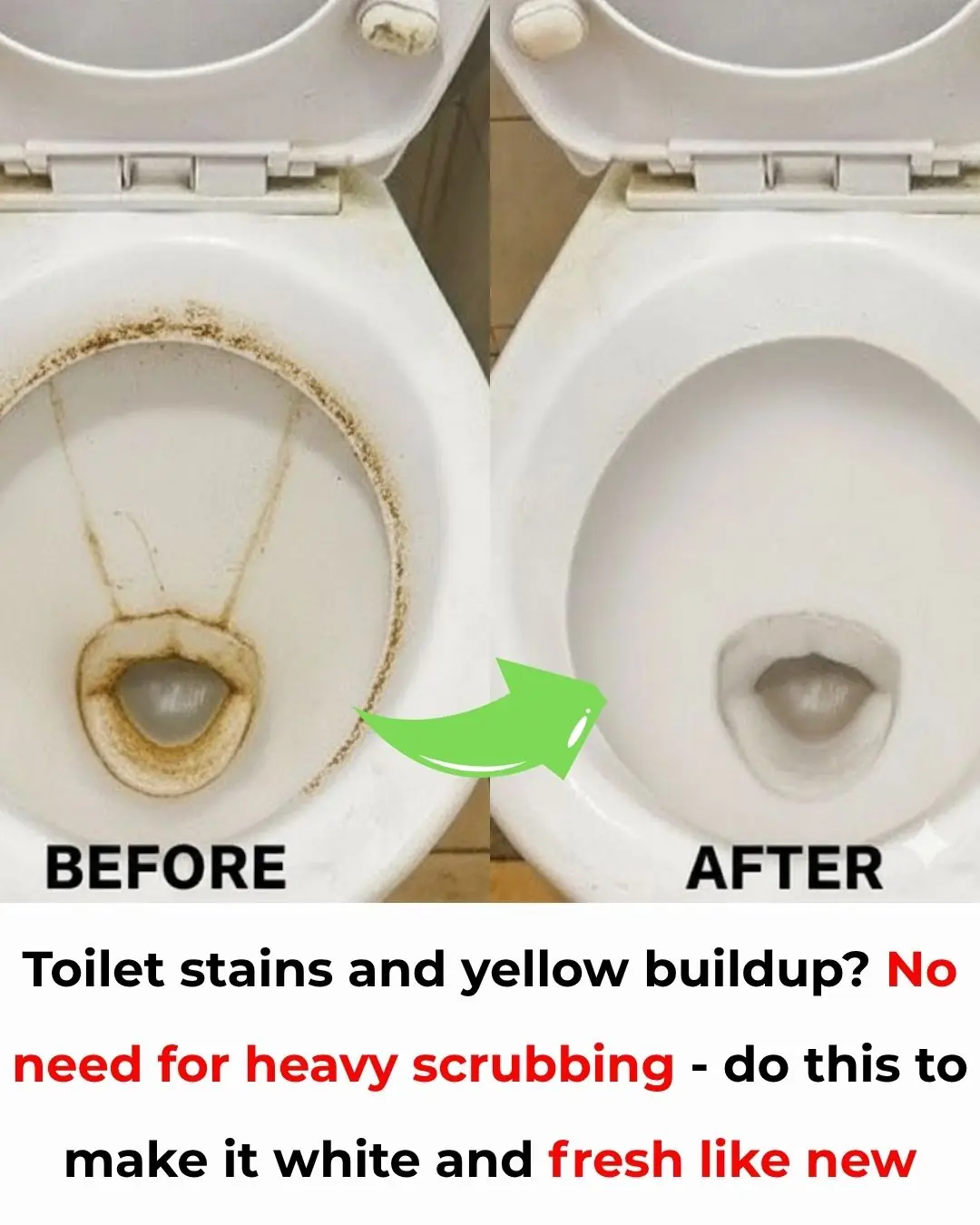
Toilet Bowl Covered in Yellow Stains? You Don’t Need to Scrub Hard — Use These Simple Tricks to Make It Sparkling Again
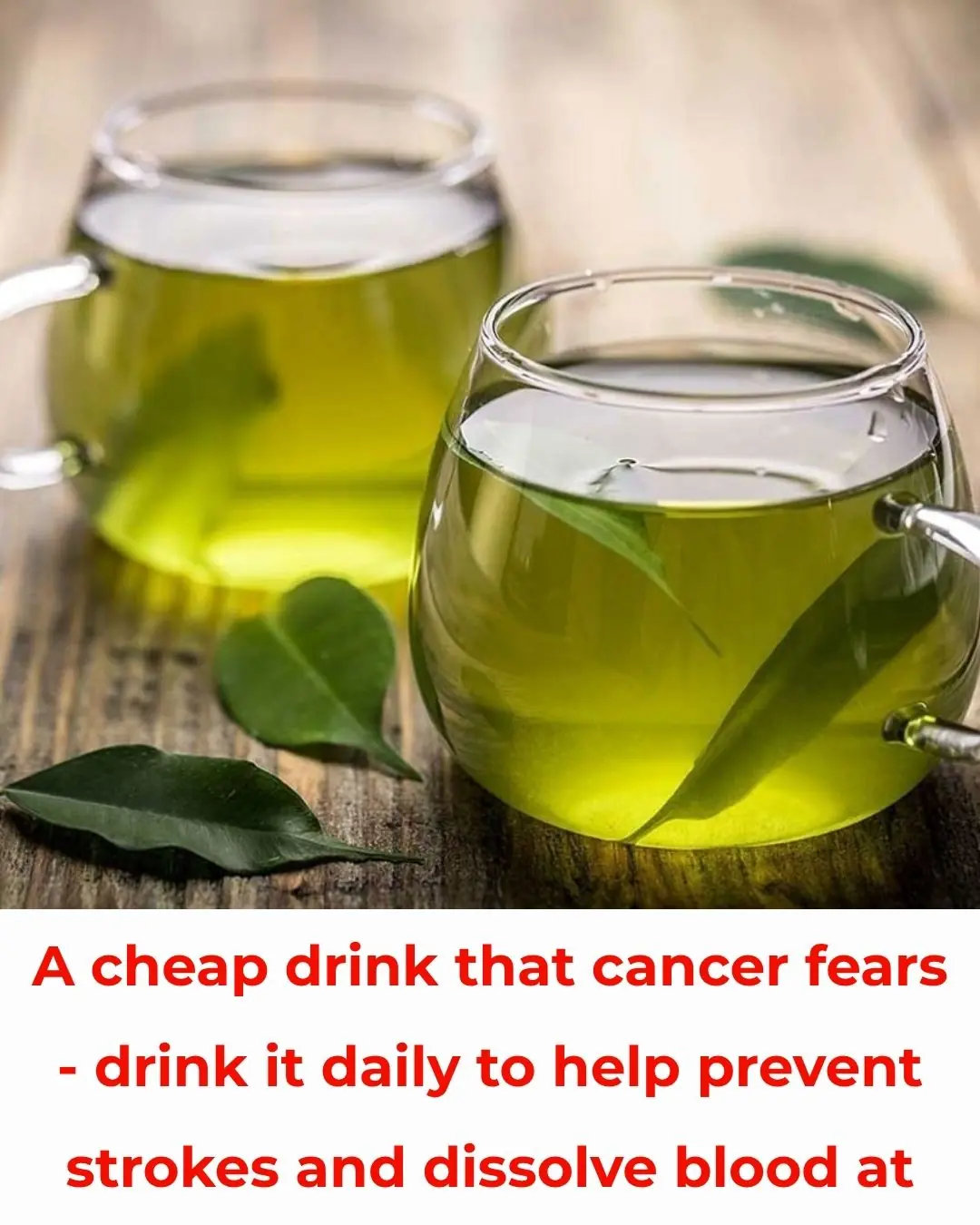
Cancer “Fears” Cheap Drink — Daily Habit May Help Prevent Stroke, Lower Blood Fat, Reduce Cancer Risk
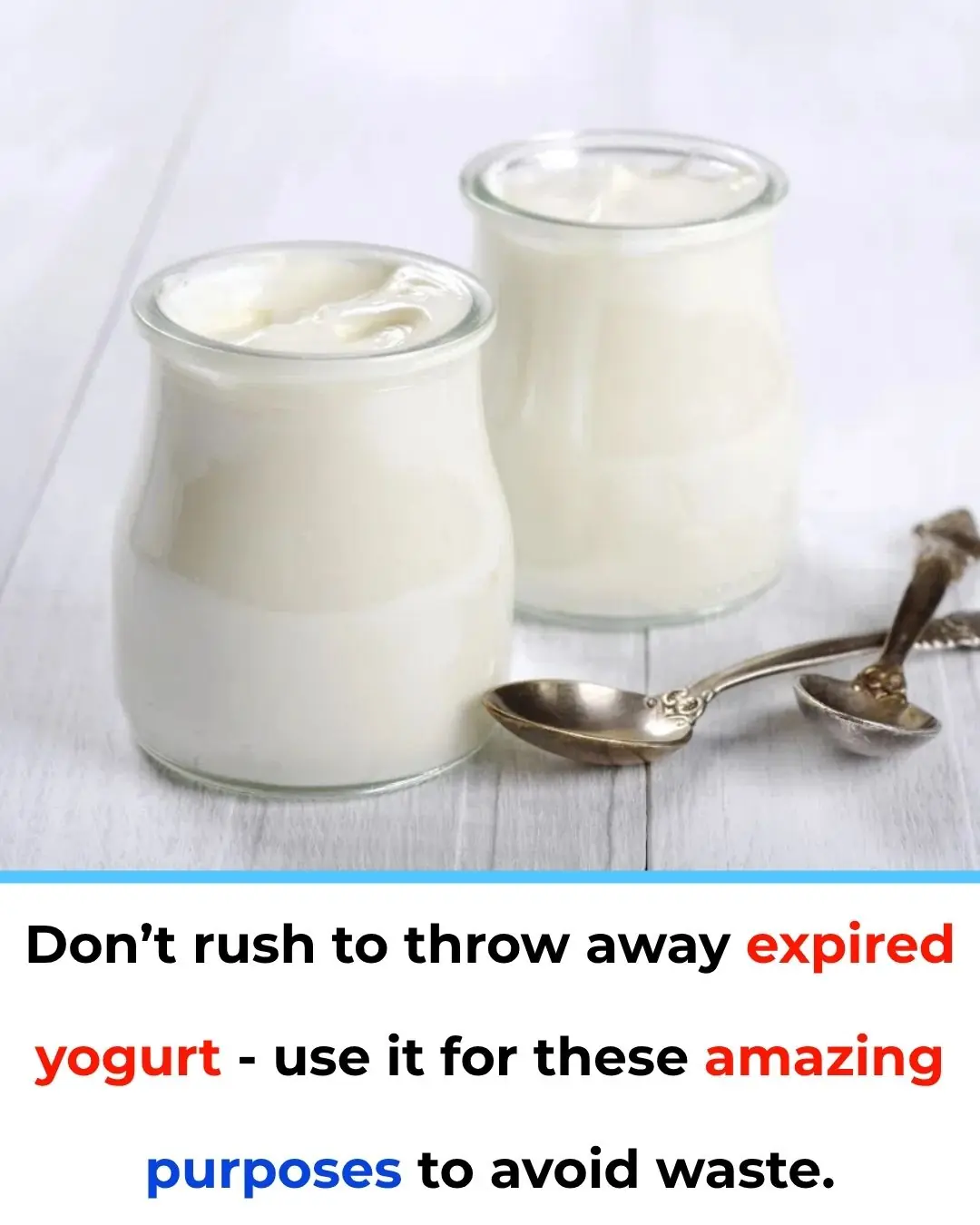
What to Do with Yogurt Past Its Expiration — 4 Creative Uses (If It’s Still Good)
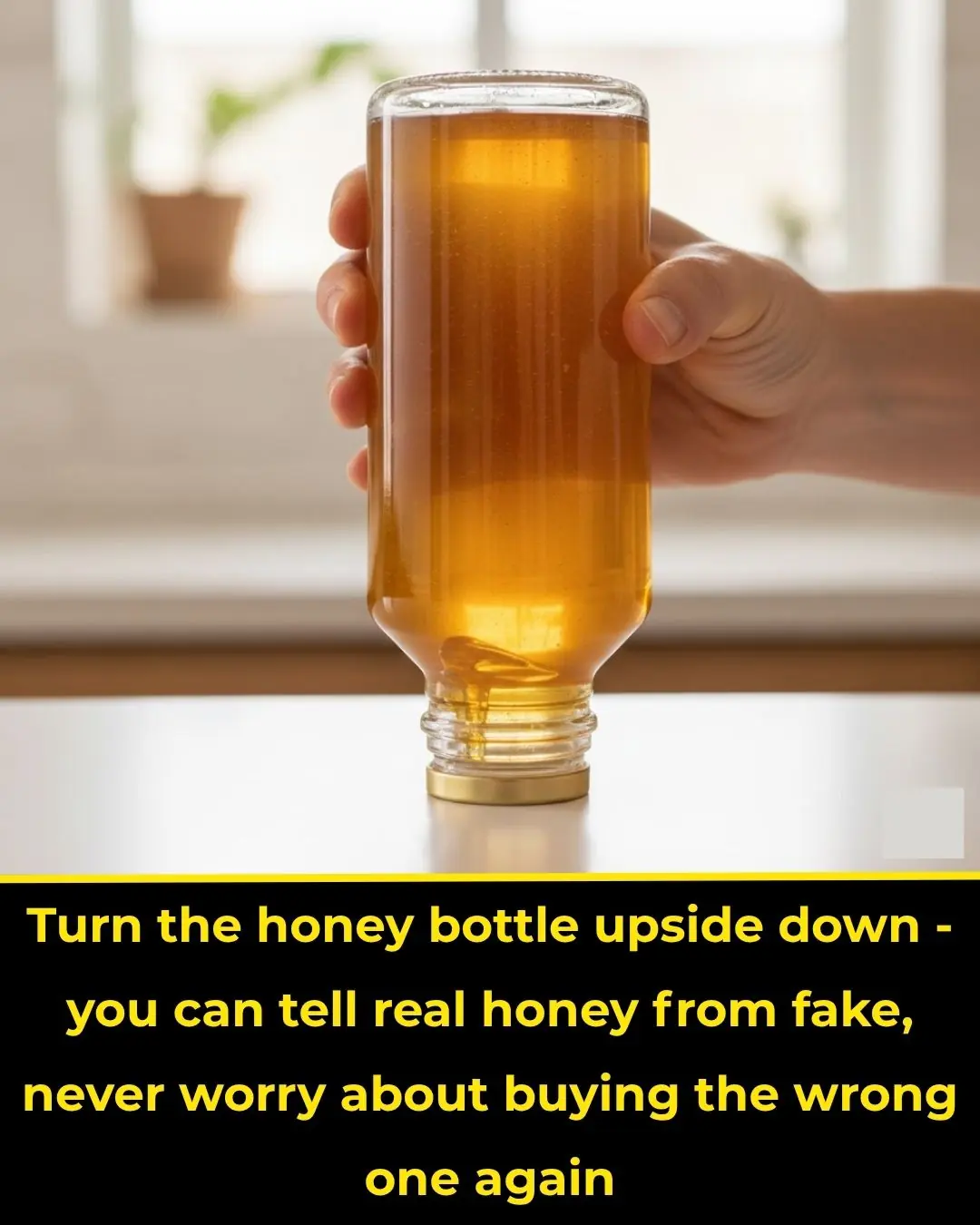
How to Tell Real Honey from Fake: The “Flip the Bottle” Test and Other Tips
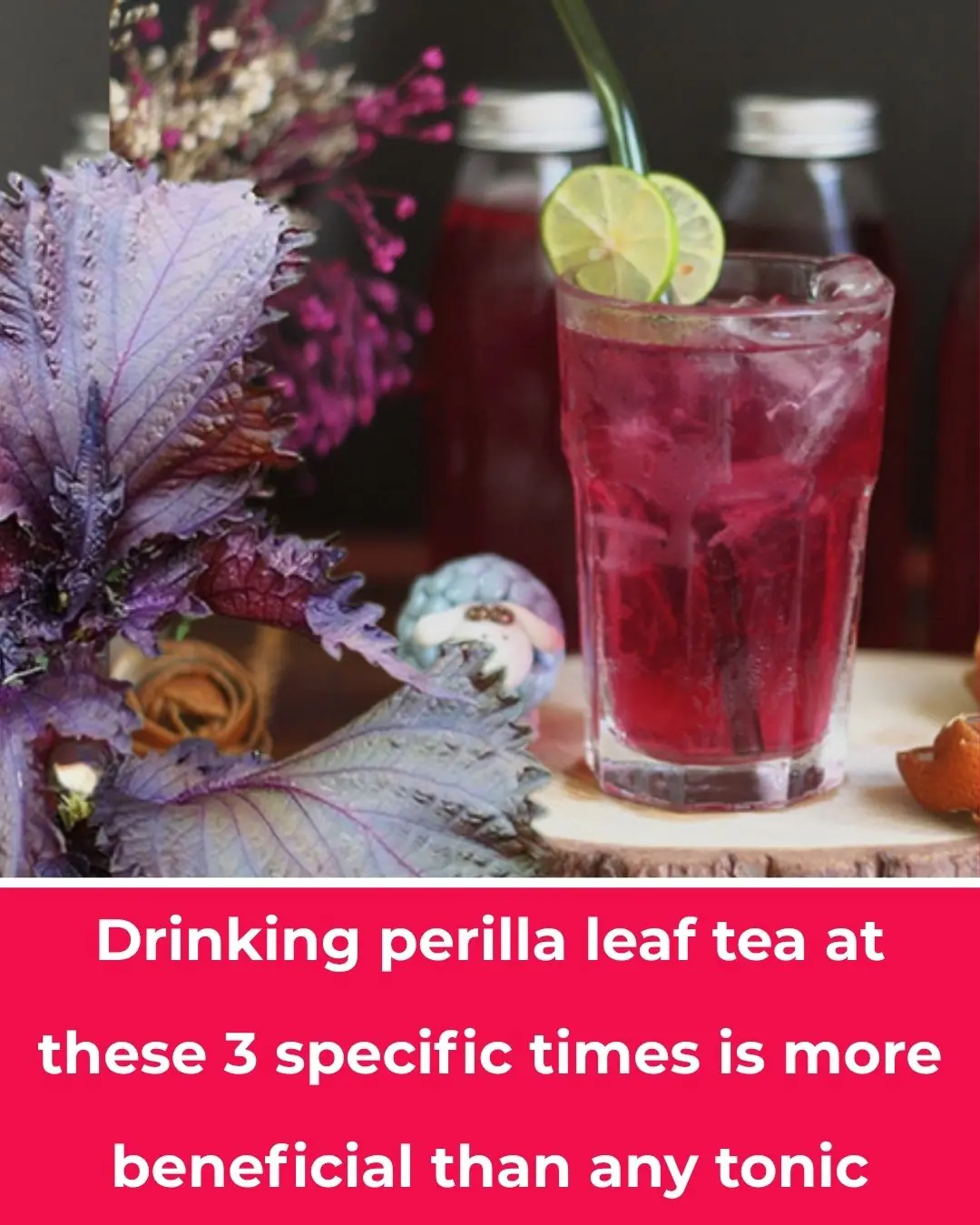
The 3 Best Times to Drink Perilla Leaf (Shiso) Water — and What Science Says
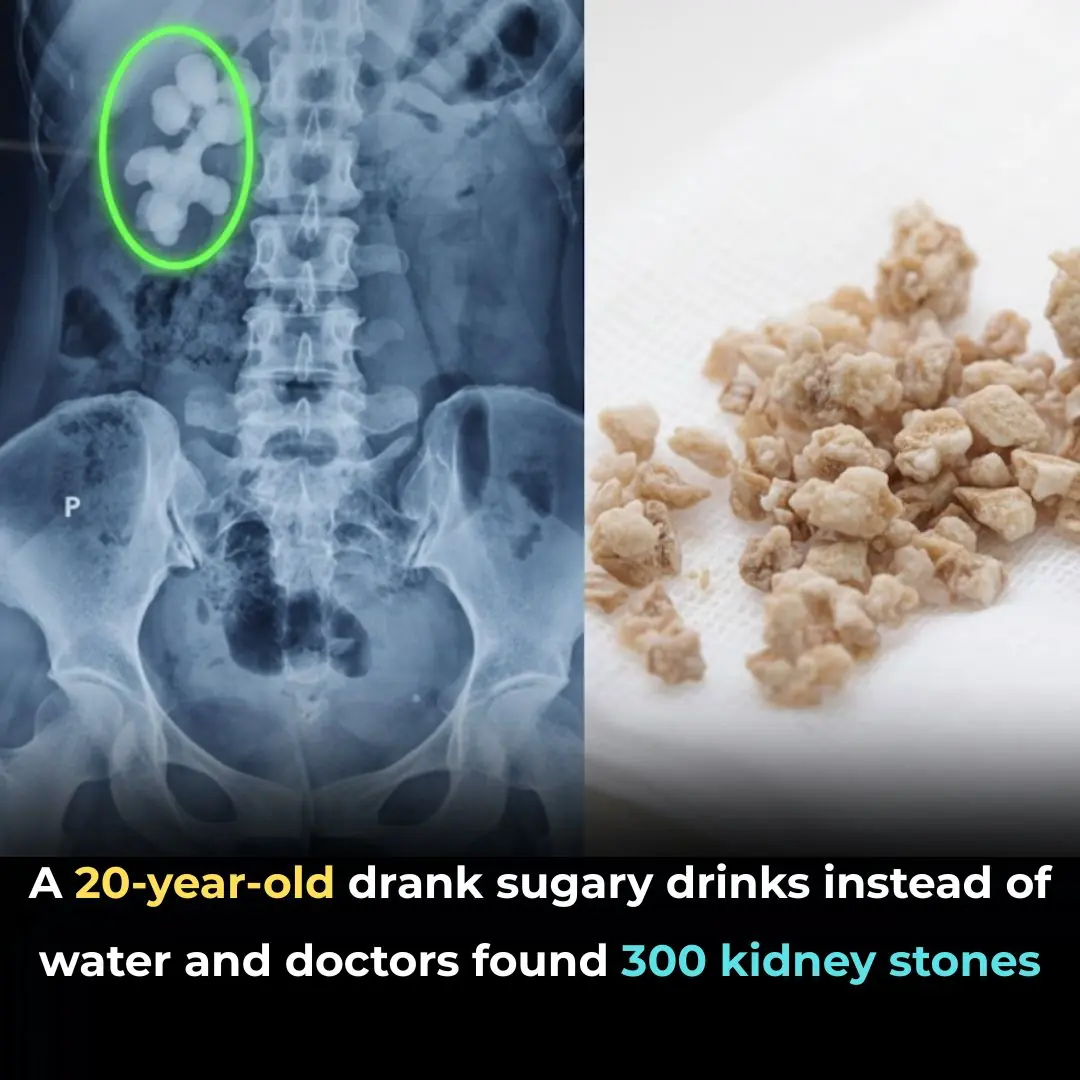
Woman in Taiwan Found With 300 Kidney Stones After Years of Drinking Bubble Tea

Priest who 'died and went to hell' after heart attack reveals what he really saw

Donald Trump warns he could use centuries-old act to send military to specific US states
News Post

The Man Who Remembers Hunger: Why One Act of Kindness Matters.

The Little Elephant Who Was Born Different: A Pink Calf in the Wild

When Love Has No Address: A Man and His Dogs

A Boy, a Soldier, and an Umbrella: A Timeless Gesture of Respect
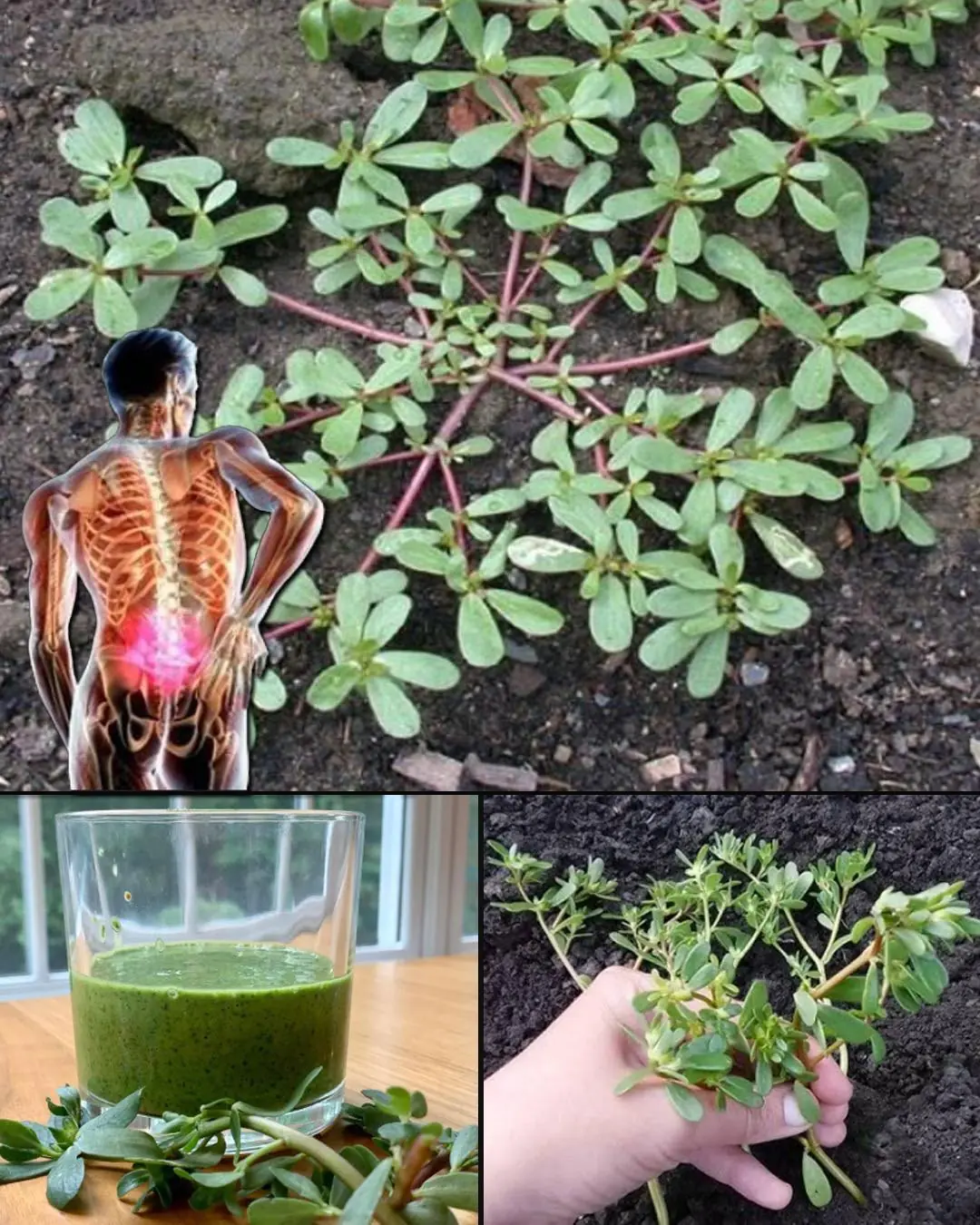
Purslane: The Superfood That Tastes Better Than Meat – 7 Reasons to Grow It in Your Garden
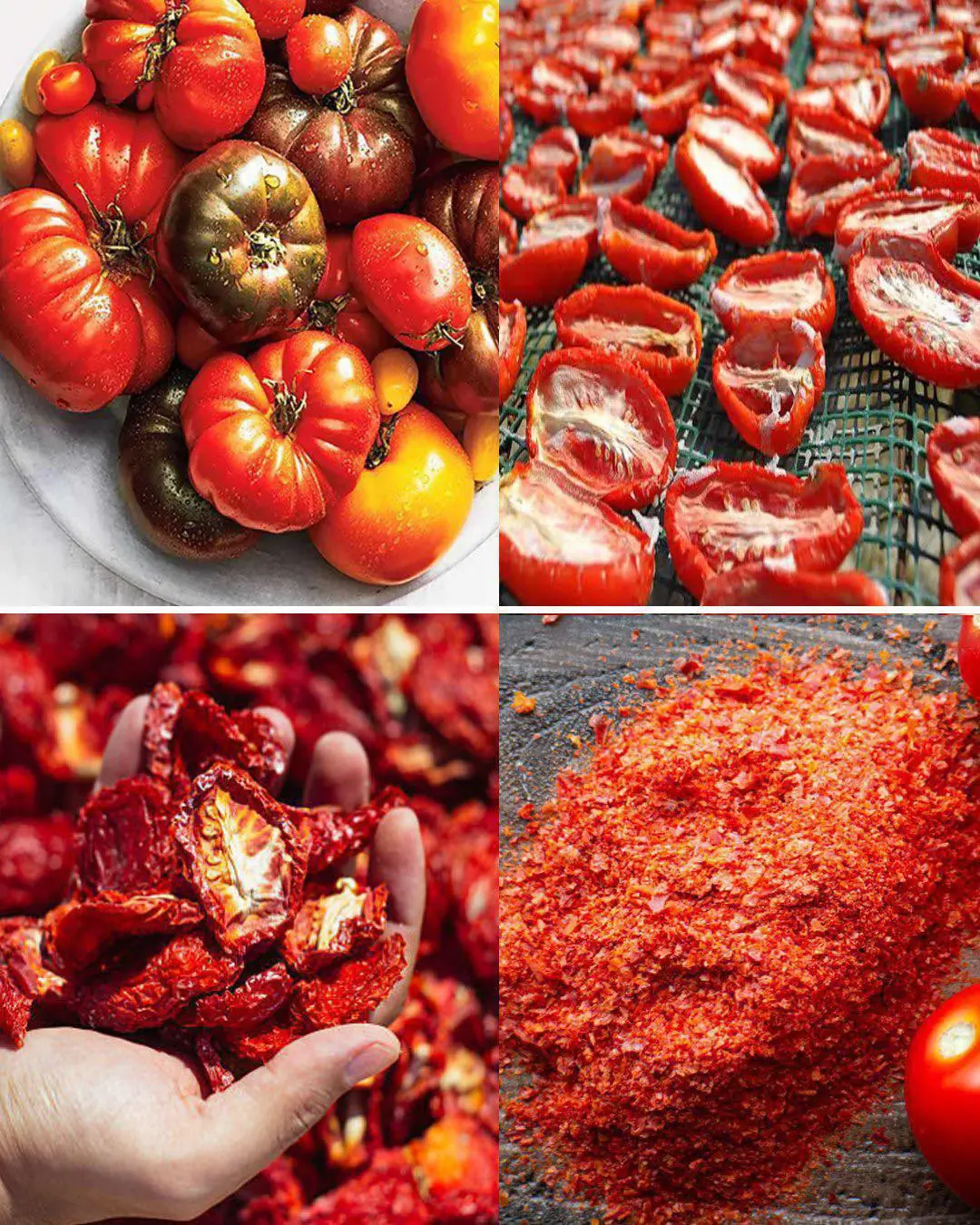
Don't Throw Old Tomatoes in the Trash.Turn them into flavorful tomato powder.
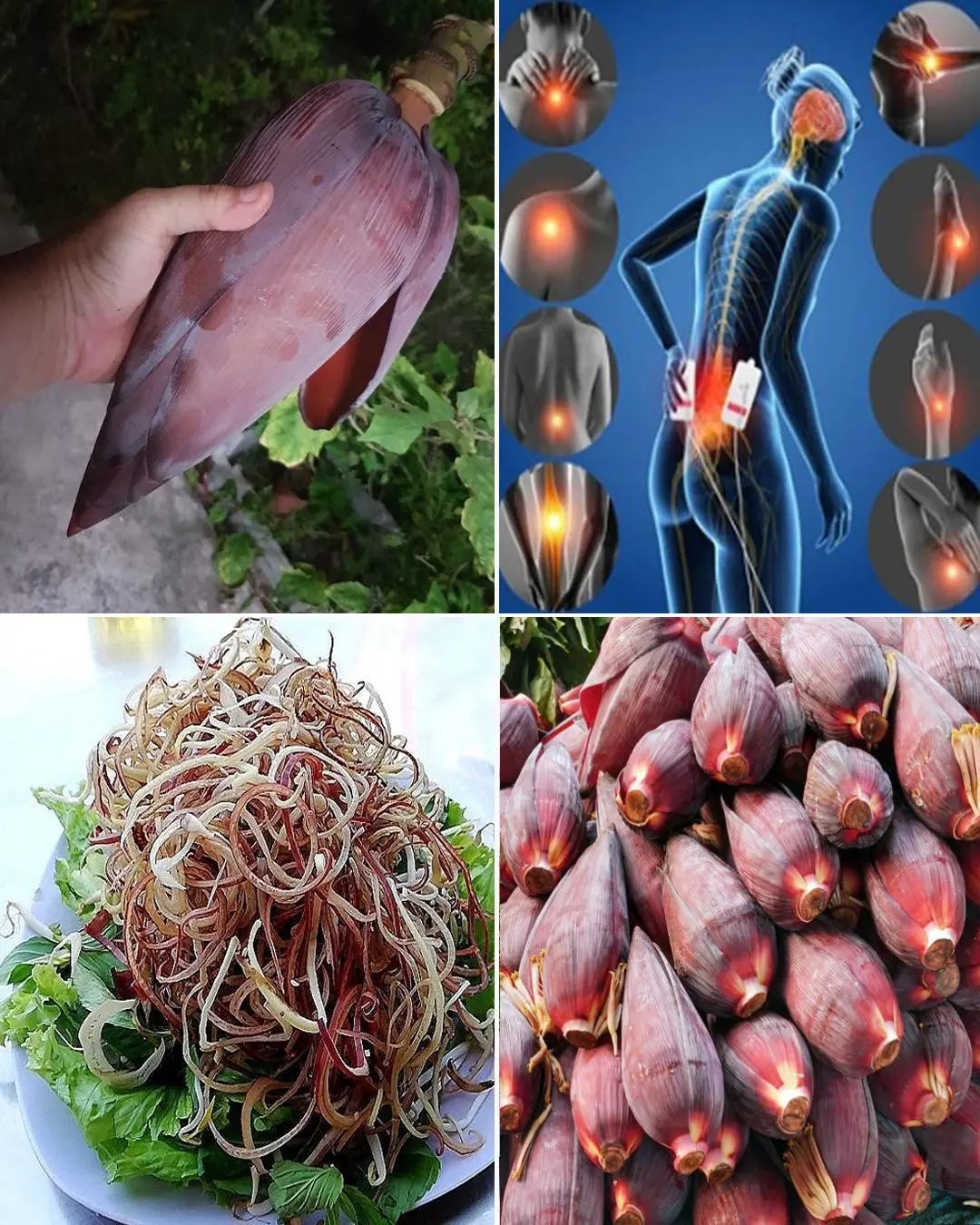
Banana Blossom: Health Benefits, Recipes, and Uses
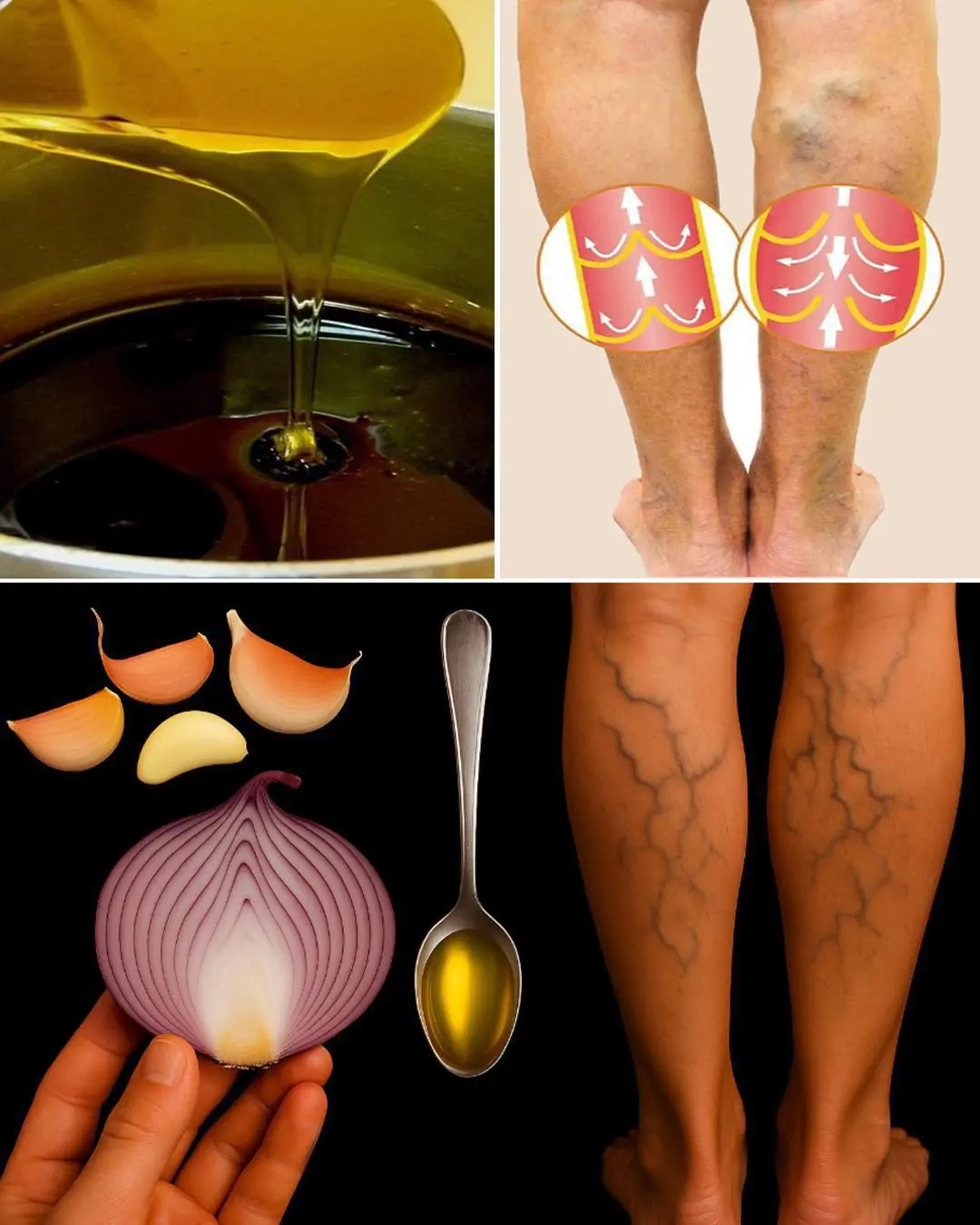
Onion, Garlic, and Olive Oil Remedy for Varicose Veins: Natural Treatment and Benefits

The Photo of the Year: A Glimpse of Courage the World Must Not Forget
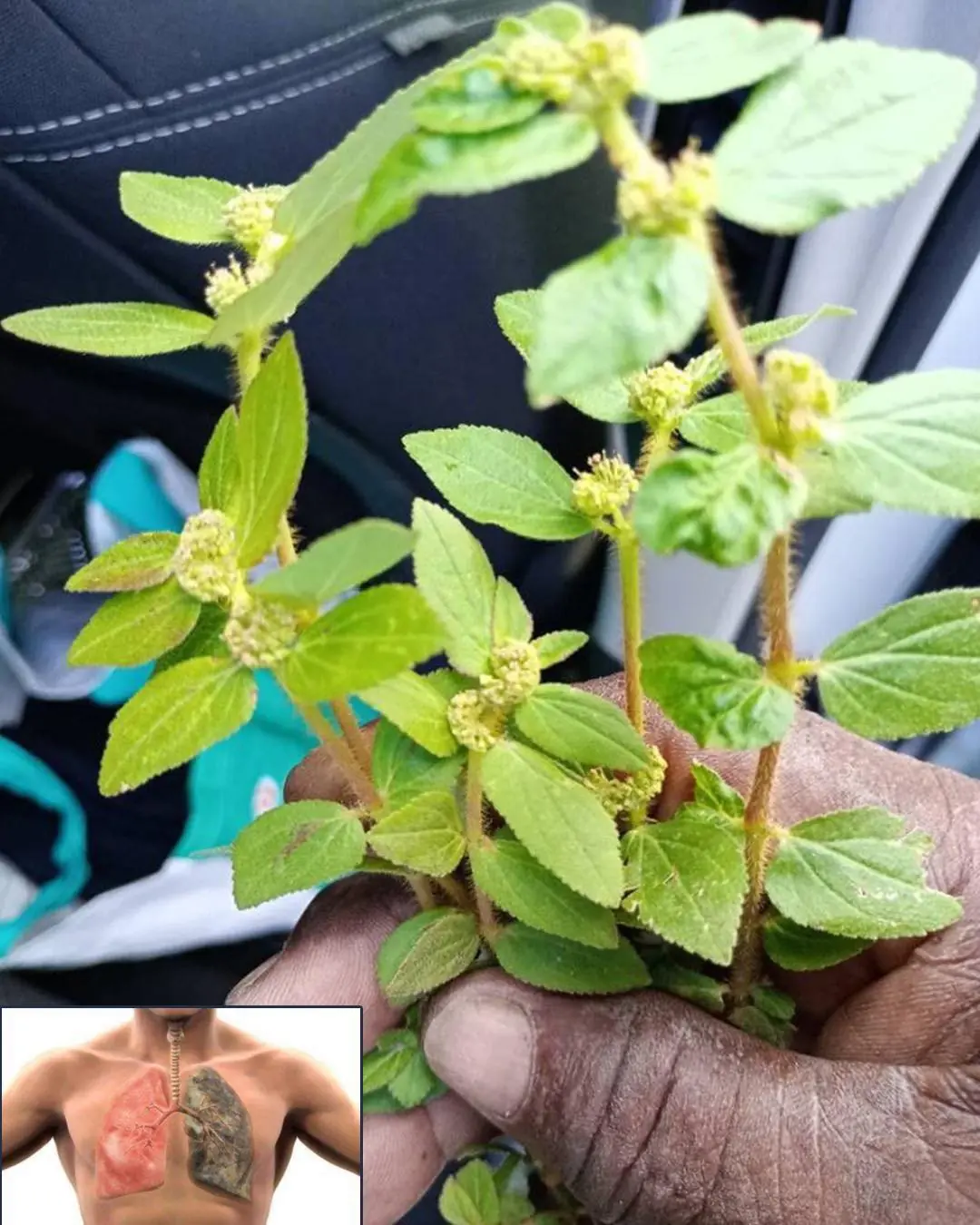
7 Surprising Benefits of Euphorbia Hirta
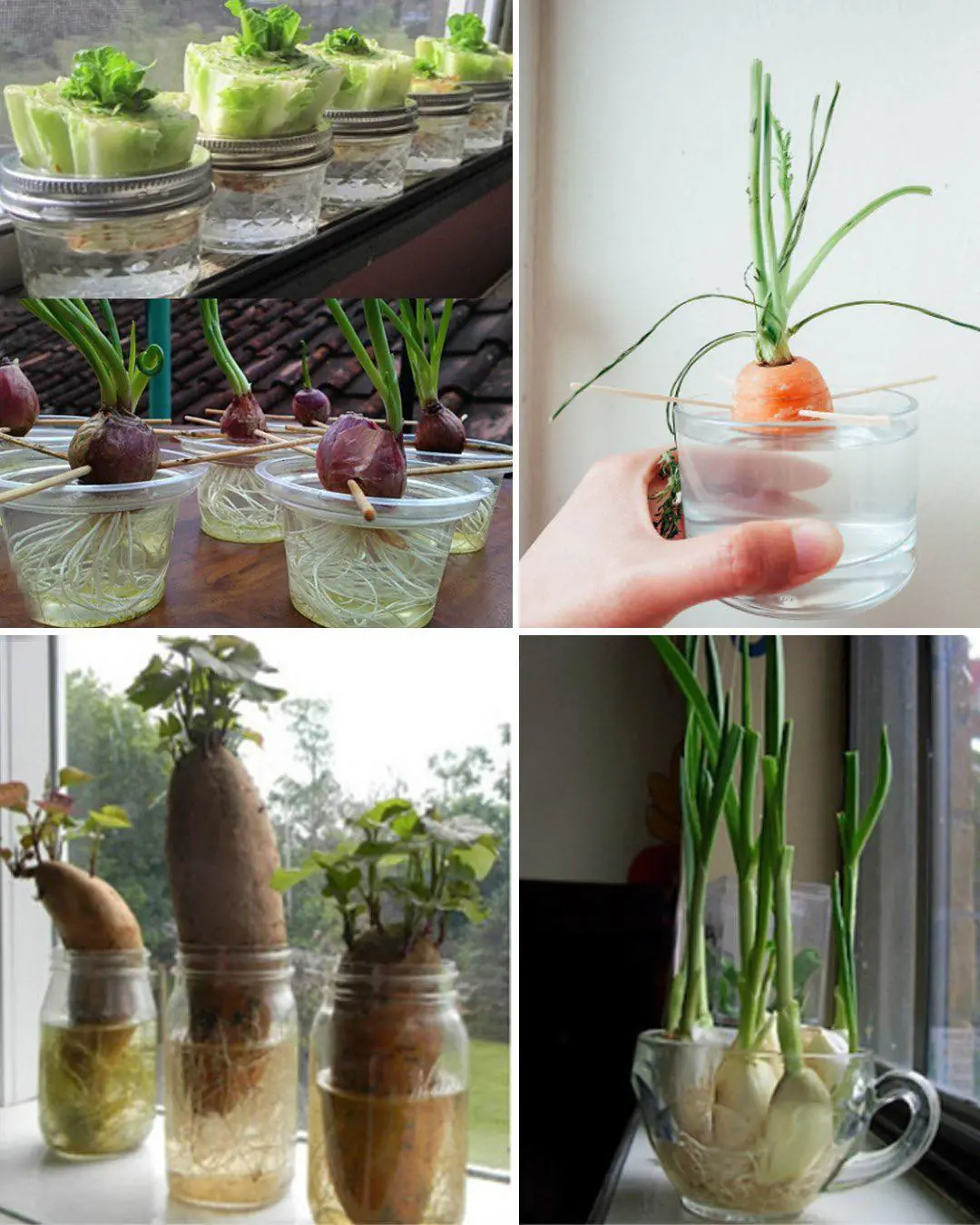
How to Regrow Food in Water: 10 Foods that Regrow Without Dirt

Firefighters Save Trapped Fawn from Storm Drain, Reuniting It with Nature
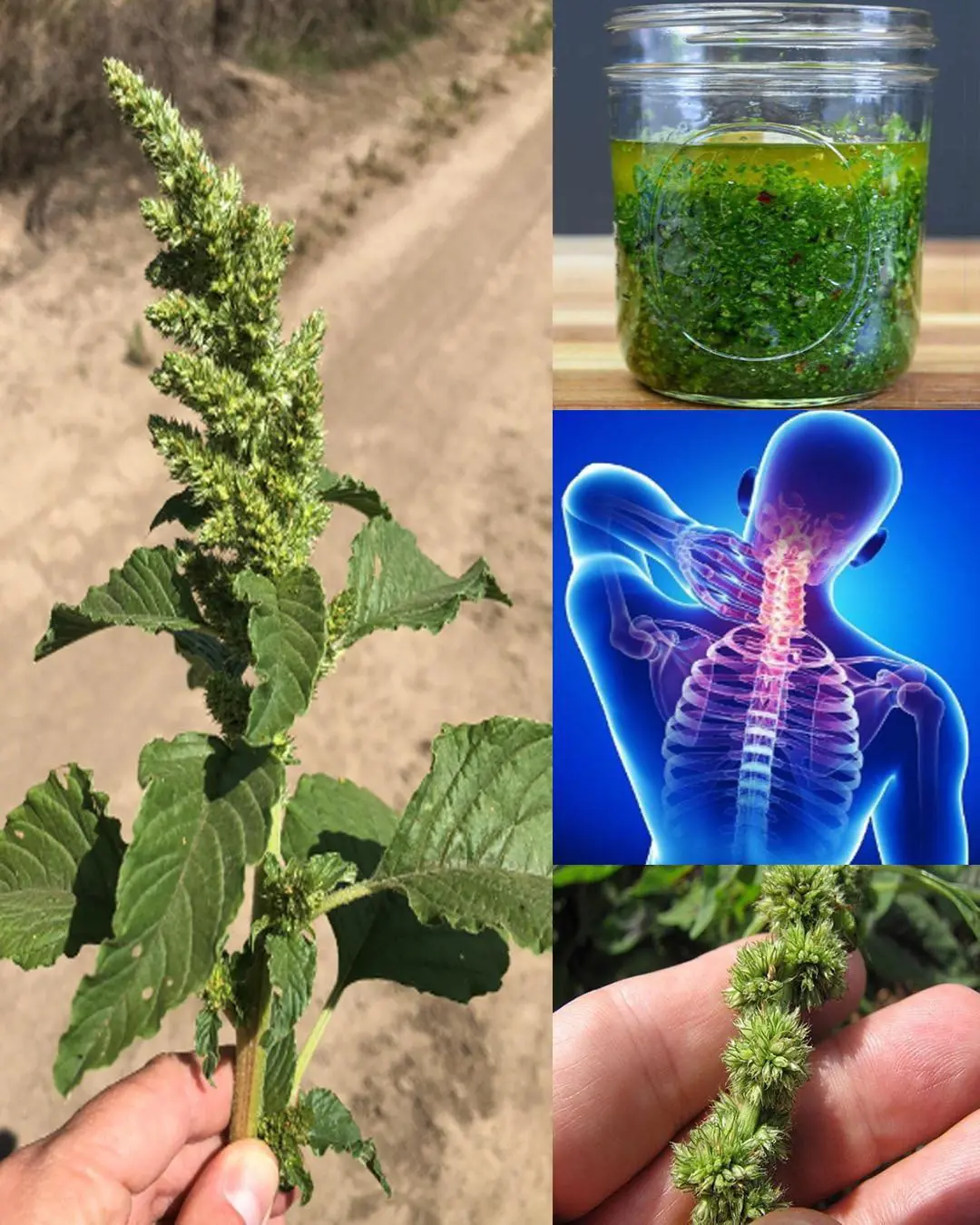
10 benefits of pigweed
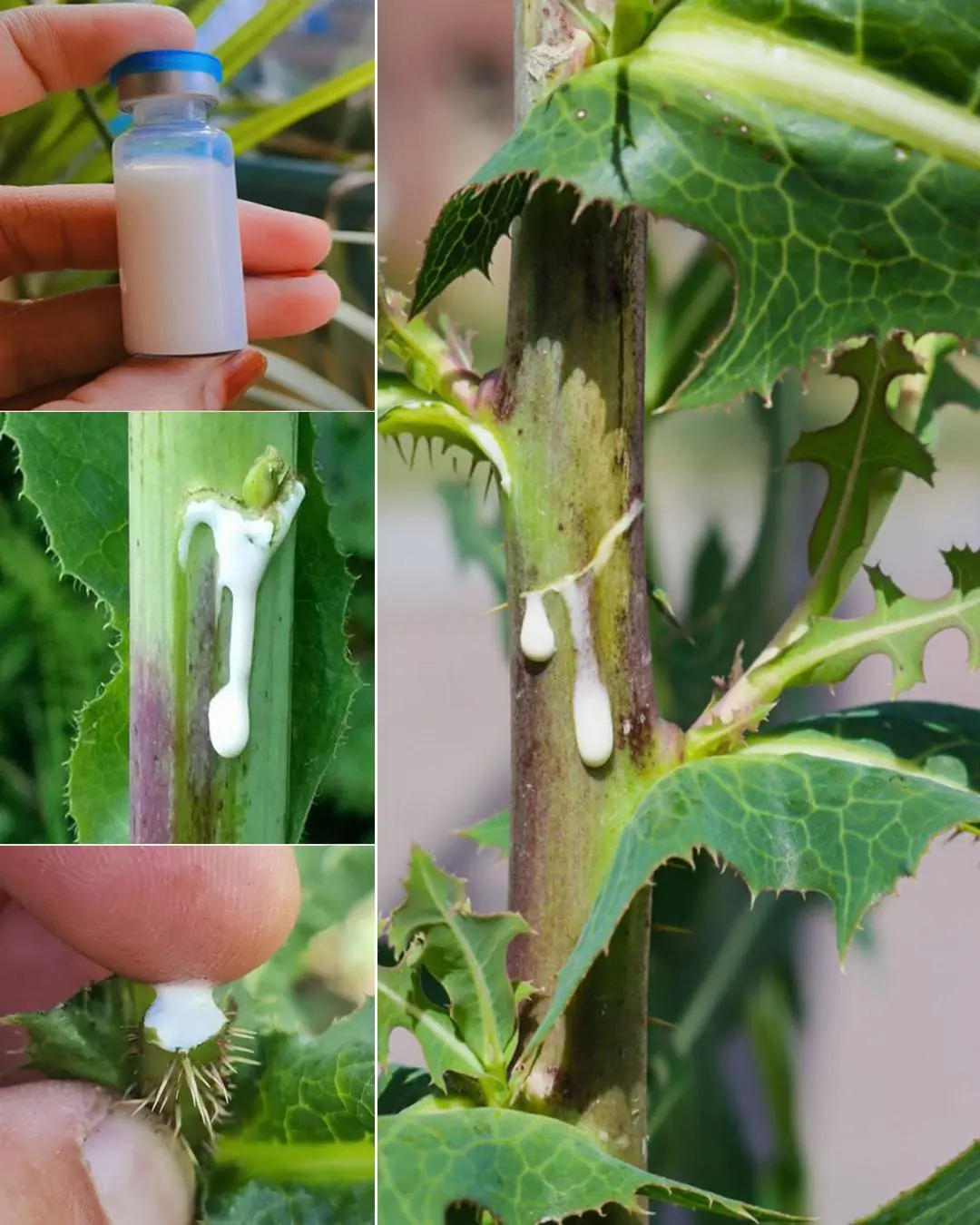
Wild Lettuce Sap: Benefits and Uses

When “Just a Dog” Becomes the Difference Between Life and Death

Teddy’s Hug: A Rescue Story of Unbreakable Love
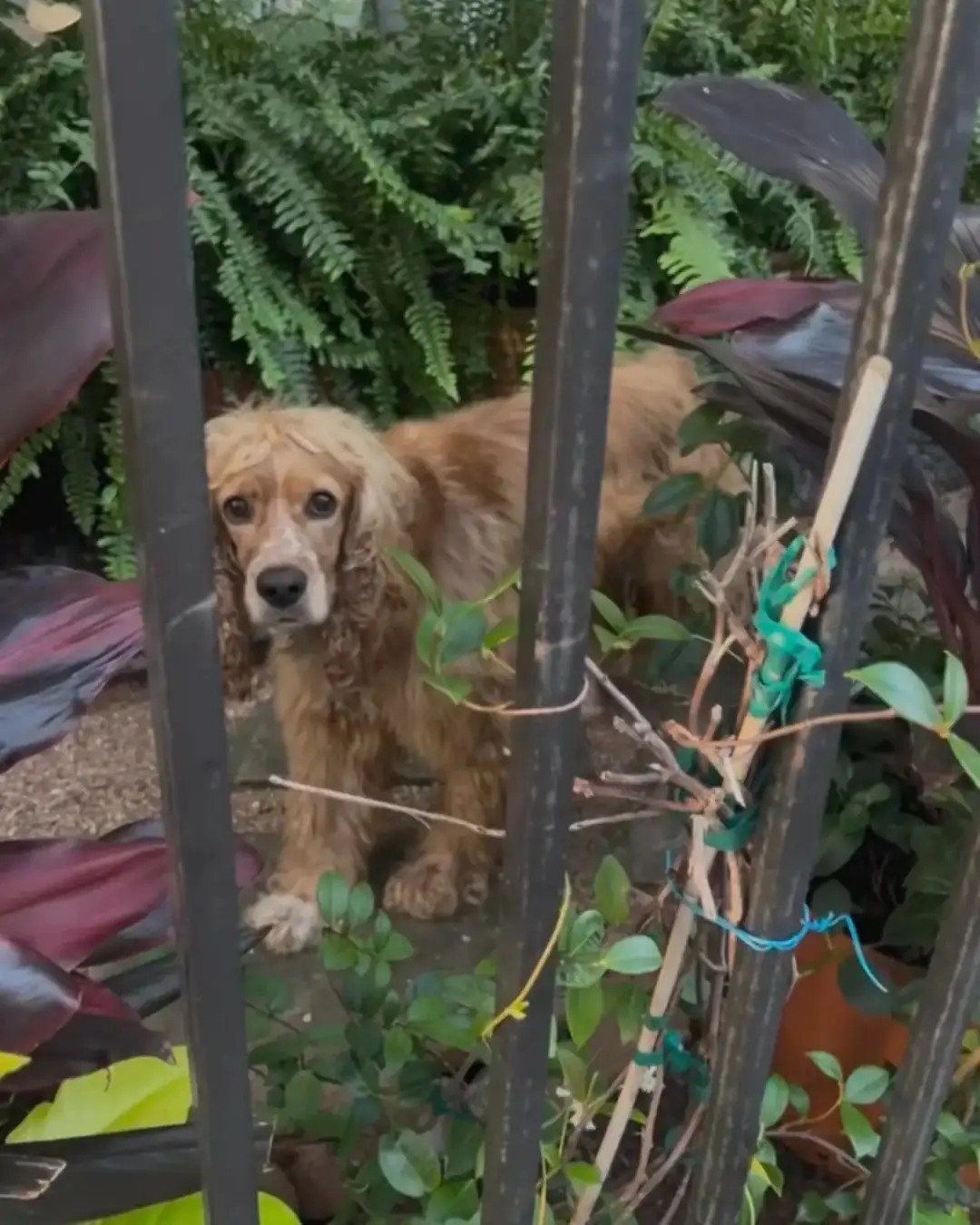
Benny’s Redemption: A Journey from Loneliness to Love

Man has stroke after bathing right after meal: 3 mistakes you shouldn’t make

Redemption in Yarn and Paws: How a Cat Gave My Brother Back His Life
